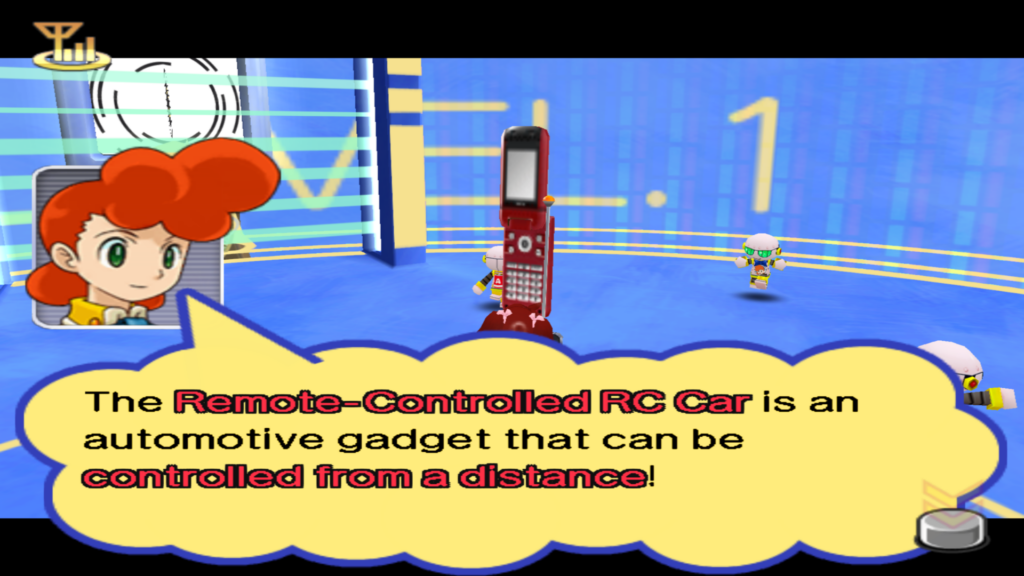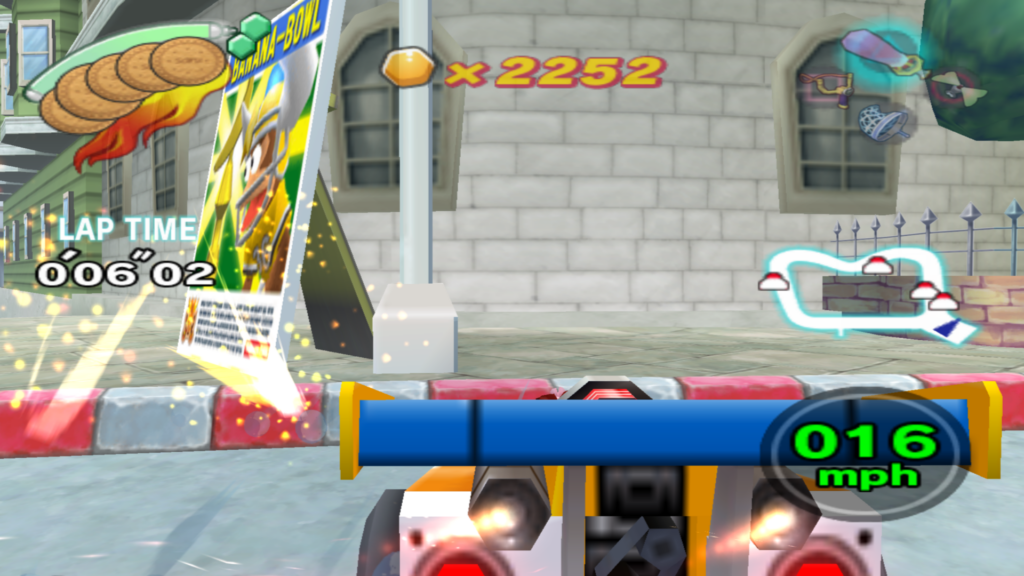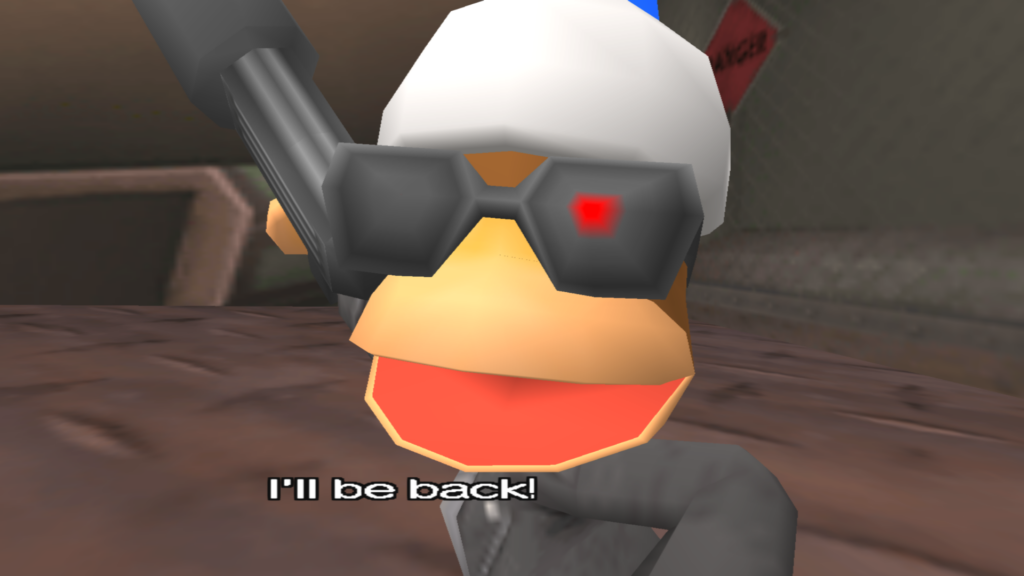I just played through Ape Escape 3, and I have some thoughts!
The first thing that struck me as soon as I started playing — and a big reason why I was interested in Ape Escape in the first place — was how charming it all was. I think games from this era aged best when they had a clearly defined artistic vision beyond “make it look realistic”, and the low-poly cartoonishness of Ape Escape 3 is no exception. It’s a meaningful visual upgrade over the first Ape Escape game on the original PlayStation, but not to the point where it loses any of its lo-fi charm. I wish more games looked like this!

A lot of platformers fail to land with me because they focus on simply being a pure platformer, spending a lot of time fleshing out movement and not much time fleshing out anything else. I don’t think that’s a bad thing per se, but when this is the philosophy that so many platformers are built on, if the movement isn’t uniquely excellent (e.g. Celeste) it can be hard to stand out in a sea of games that play similarly.
Ape Escape gets around this by neglecting movement. Half-kidding, but it is undoubtedly the weakest point of its gameplay. What isn’t weak is the rest of the gameplay loop where you attack enemies and stun and catch monkeys, making use of flashy power-up transformations when you need to (arguably imbalanced but lots of fun nonetheless). You get access to a fairly extensive arsenal of weapons and tools (called “gadgets”) as you progress through the game, and levels do a good job of making use of them all, even long after a gadget is first introduced.
Most of the gadgets serve to add diversity to the level design by way of introducing new puzzles and obstacles, which is a smart way to keep the platforming fresh for a game that otherwise has unexceptional movement. I would have liked to see upgrades for gadgets available as their use doesn’t really evolve at all throughout the game, although obviously that would open up a whole new can of worms with balancing enemies and monkeys accordingly.

Gadgets being bound to the right analog stick gives you a considerable range of motion with their use, making the combat feel super satisfying from its flexibility. As a consequence of this, however, camera control is mapped to the d-pad, which is clunky and inconvenient to access when you’re moving with the left stick. It’s a unique problem given that a lot of platformers don’t tend to use the right stick for a core gameplay mechanic! I’m thinking a good solution could have been to bind camera control to R2 plus the right stick, given that R2 doesn’t seem to do anything beyond being an alias for R1.
I was also unimpressed by how the vehicles controlled in the game, and was admittedly kind of hoping that their first appearance would be their last. Much to my chagrin, they do re-appear in later levels, but thankfully not often enough where it became a significant problem for me. Regardless, I think I’m going to have nightmares about that stupid car that accelerates like a Bugatti but turns like a horse carriage.

Of course, I kind of expected subpar controls going in — it’s a PS2 game, after all! Not to excuse the jank, but if you can’t at least tolerate it, you’re probably going to have a hard time playing a lot of games from this era.
There’s a lot more I could talk about (like the intricacies of each transformation, the superb soundtrack by the legendary Soichi Terada, or how the English dub sounds like it was done by 4Kids and I love it), but I’ll wrap it up here. I had a lot of fun with Ape Escape 3 overall, and while the trademark PS2 jank is no doubt intact, the core gameplay is good enough to soften its mark. An excellent example of how to make a platformer stand out through silliness and non-standard mechanics. A lot of indies making platformers could learn a great deal from this approach!
